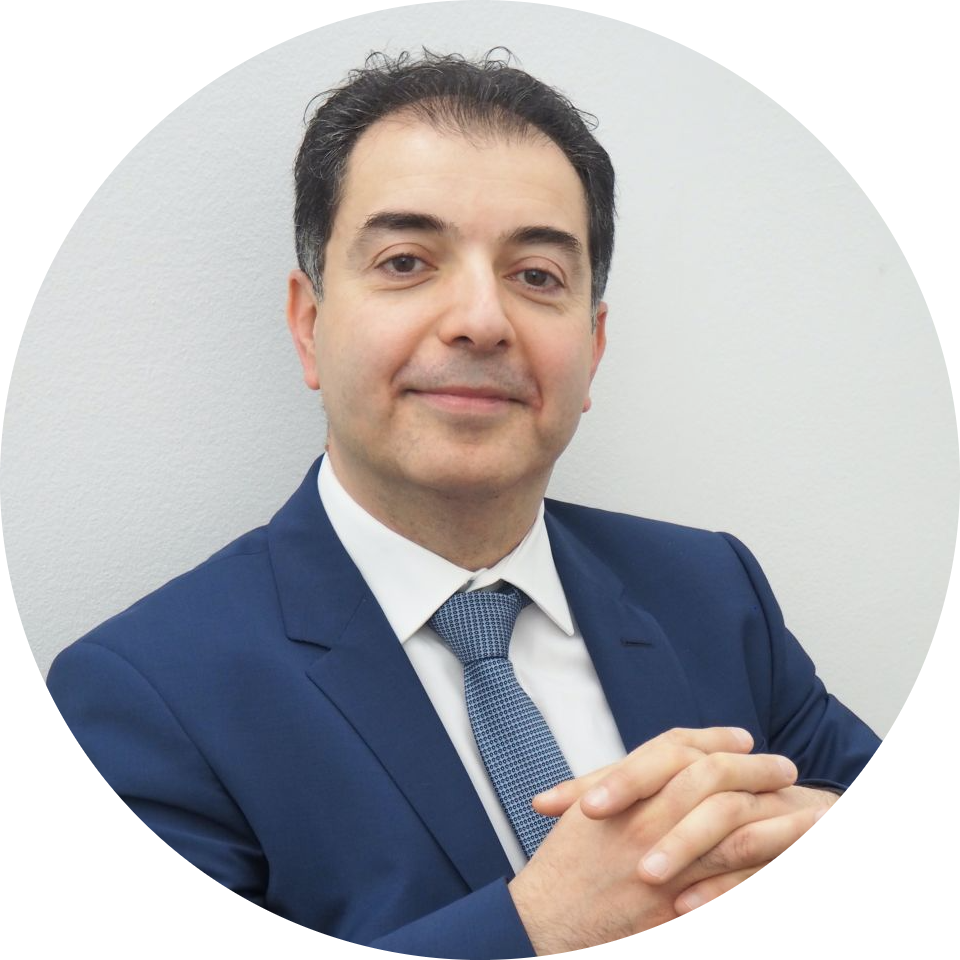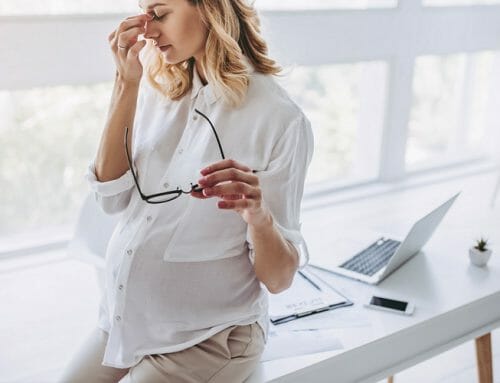
5 Top Tips For Buying Children’s Glasses
The lens
During an eye test with an ophthalmologist or optician you will be told what your child’s prescription is, the bigger the prescription the thicker the lenses must be.
With this in mind you should consider a smaller frame if your child does have a larger prescription. Nowadays lenses can be thinned down to enable a larger frame to be used but this could possibly cause blurred or inaccurate peripheral vision.
The reason for this is that smaller lenses tend to have less higher-order aberrations near the rim of the lens and the larger the lens the worst they can get. If your child has a small prescription, then they should be suitable for most frames. It is always best to consult your optical assistant when you and your child are choosing frames, they can advise what will be the best size for the prescription.
The frame
Along with getting the correct frame size for lenses, as mentioned above, it is also important to pick the best frame material for your child. Previously plastic frames were always preferred for children’s glasses due to it being light, less likely to bend or break, inexpensive and overall generally hard-wearing.
Nowadays metal frames are being made to include all these features too, so children have more of a range to choose from. There are various types of frames made of different metals, if your child has any sensitivity to certain types of materials, such as nickel, you can ask if there are any hypoallergenic materials available. Always pick the material that you think will be suitable for your child and their activities.
The fit
One of the main parts an optical assistant much check when fitting glasses to your child is the nose bridge. This can be a difficult part when choosing frames as young children’s noses aren’t developed fully. Most metal frames come with nose pads that can be adjusted to fit all nose bridges and most plastic frames are made to fit a smaller nose when made for children. There must not be any gap around the nose bridge, if there is a gap even if it’s small, then the glasses will keep sliding down your child’s nose.
If this does happen then children have a habit of looking over the top of the glasses instead of pushing them back up to the correct position on the nose. The nose bridge fitting should be checked when selecting a frame and then again once you have come to collect the glasses, as once they have the correct lenses in the weight can change.
The arm or temple style
Another part of selecting and fitting children’s glasses is choosing the right arm, also called temple style. Arms that wrap around the back of the ear all the way stop the glasses from sliding down the nose or dropping off, and these are great for babies and toddlers. This type of arm, or equally a strap that goes completely around the head, are ideal for children that are full time wearers of glasses. For part time wearers however, these may not be the best option as they are not always easy to put on and take off. If your child only needs glasses part time then having regular arms, that are straight and slightly curve at the back of the ear, may be a better choice.
A great feature to look for when picking a temple style are spring hinges. This type of hinge allows the arms to flex out away from the frames. When children put on and remove glasses they aren’t always very careful, so this type of hinge can stop the need for regular arm amendments and repairs. Spring hinges are also good for very young children as they sometimes remove their glasses and start to play with them. They may cost a little more than regular arms but they are definitely worth the investment.
The backup pair
It is always a good idea to have a backup or second pair of glasses for your child, as they tend to be rough with their glasses or the glasses can get broken when playing etc. Some opticians offer a discount when buying two pairs at the same time. If your child needs to wear glasses full time it may also be a good idea to have a pair of prescription sunglasses that they can wear outdoors in the sun to protect their eyes from the sun’s harmful UV rays.

About the expert
Mr Hamada | Consultant Ophthalmologist and Corneal Surgeon
MD, MSc, DO (hons), FRCSEd, FRCOphth I am Samer, founder and consultant ophthalmic surgeon with over 20 years’ experience in ophthalmology. I am a world-renowned specialist in cornea, cataract and refractive surgery. I’m not only a leading surgeon but also the only dual fellowship trained in corneal diseases in children from reputable institutions in the UK. At Eye Clinic London I work closely with other consultant ophthalmologists, optometrists and orthoptists to achieve the best outcomes for our patients. Our main aim is to make sure our patients get the safest and best treatments available to them. We put your safety before anything else so you can rest assured that if you choose us you will be in the best and safest hands.



